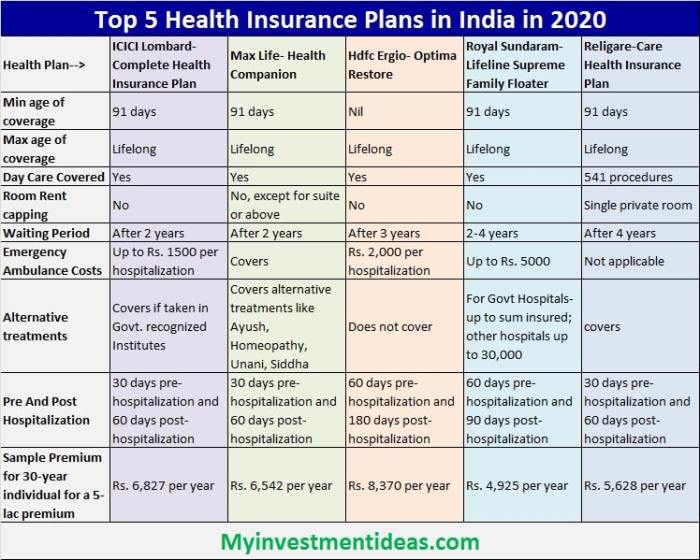Data Management Solutions for Your Business
In today’s rapidly evolving digital landscape, effective data management is no longer a luxury but a necessity for businesses of all sizes. This comprehensive guide explores the critical aspects of data management, offering insights and solutions to help organizations harness the power of their data for improved efficiency, informed decision-making, and ultimately, sustainable growth. We will delve into key subtopics, including data security, data integration, data warehousing, data governance, and data visualization, providing practical strategies and considerations for implementing robust data management solutions tailored to your specific business needs. This guide aims to equip businesses with the knowledge and understanding necessary to navigate the complexities of data management and unlock its transformative potential.
Introduction
The sheer volume of data generated by modern businesses is staggering. From customer interactions to operational processes, data is the lifeblood of any successful enterprise. However, untamed data can quickly become a liability, leading to inefficiencies, missed opportunities, and even significant financial losses. Effective data management is therefore paramount, enabling businesses to leverage their data assets for informed decision-making, enhanced operational efficiency, and competitive advantage. This article will explore various data management solutions, empowering you to build a robust and scalable system that fuels your business growth.
Frequently Asked Questions
Q1: What is the difference between data management and data governance?
A1: While closely related, data management focuses on the technical aspects of handling data, including storage, processing, and retrieval. Data governance, on the other hand, encompasses the policies, processes, and standards that ensure data is used ethically, legally, and efficiently. Data governance provides the framework within which data management operates.
Q2: How can I determine which data management solution is right for my business?
A2: The ideal solution depends on factors such as your business size, industry, data volume, and specific needs. Consider the scalability, security features, integration capabilities, and cost-effectiveness of different solutions. Consulting with a data management specialist can help you assess your requirements and choose the most appropriate technology and strategy.
Q3: What are the potential risks of poor data management?
A3: Poor data management can lead to a multitude of problems, including data breaches, regulatory non-compliance, inaccurate reporting, inefficient operations, missed business opportunities, and ultimately, financial losses. Investing in a robust data management system is crucial for mitigating these risks and ensuring long-term business success.
Data Security
Robust data security is a cornerstone of any effective data management strategy. A breach can have devastating consequences, leading to financial losses, reputational damage, and legal repercussions. Prioritizing data security requires a multi-layered approach.
Access Control: Implementing strict access control measures, including role-based access and multi-factor authentication, limits access to sensitive data only to authorized personnel.
Encryption: Encrypting data both in transit and at rest protects against unauthorized access even if a breach occurs.
Regular Security Audits: Conducting regular security audits helps identify vulnerabilities and ensure compliance with industry best practices and regulations.
Incident Response Plan: Developing a comprehensive incident response plan allows for a swift and effective response in the event of a security breach, minimizing damage and ensuring business continuity.
Employee Training: Educating employees about data security best practices and potential threats is crucial in preventing human error, a major cause of security breaches.
Data Loss Prevention (DLP): Implementing DLP solutions helps prevent sensitive data from leaving the organization’s control, protecting against both internal and external threats.
Data Integration
Effective data integration is crucial for consolidating data from various sources into a unified view. This allows for more accurate analysis and informed decision-making.
Data Mapping: Carefully mapping data from different sources ensures accurate and consistent data integration.
ETL (Extract, Transform, Load) Processes: Implementing robust ETL processes automates the extraction, transformation, and loading of data into a central repository.
API Integrations: Utilizing APIs allows for seamless data exchange between different systems and applications.
Data Quality Monitoring: Continuous monitoring of data quality ensures accuracy and consistency throughout the integration process.
Master Data Management (MDM): Implementing MDM helps establish a single source of truth for critical business data, reducing data redundancy and improving data consistency.
Data Governance Framework: A well-defined data governance framework provides the necessary oversight and control to ensure the integrity of integrated data.
Data Warehousing
A data warehouse serves as a central repository for storing and managing large volumes of structured and unstructured data from various sources. It provides a foundation for business intelligence and analytical reporting.
Data Modeling: Developing a robust data model is critical for organizing data effectively within the warehouse.
Scalability and Performance: The data warehouse must be scalable to accommodate growing data volumes and provide acceptable performance for analytical queries.
Data Governance: Establishing clear data governance policies and procedures ensures data quality and integrity within the warehouse.
Data Security: Implementing robust security measures protects sensitive data stored within the warehouse.
Metadata Management: Effective metadata management allows for better understanding and utilization of data within the warehouse.
Integrating with business intelligence (BI) tools enables users to access and analyze data effectively.
Data Governance
Data governance establishes the policies, processes, and standards that ensure data is managed ethically, legally, and efficiently. A strong data governance framework is essential for maintaining data quality, minimizing risk, and maximizing the value of data assets.
Data Ownership: Clearly defining data ownership and accountability ensures that data is managed responsibly.
Data Quality Standards: Establishing and enforcing data quality standards ensures data accuracy and consistency.
Data Security Policies: Implementing robust data security policies protects sensitive data from unauthorized access and misuse.
Compliance with Regulations: Ensuring compliance with relevant data privacy and security regulations (e.g., GDPR, CCPA) is crucial.
Data Retention Policies: Establishing clear data retention policies minimizes storage costs and reduces risks associated with outdated data.
Data Governance Council: Forming a data governance council provides oversight and guidance on data management practices.
Data Visualization
Data visualization transforms complex data into easily understandable visual representations, allowing for faster insights and informed decision-making.
Dashboards and Reports: Creating interactive dashboards and reports helps users quickly visualize key performance indicators (KPIs) and trends.
Data Storytelling: Using data visualization techniques to tell compelling stories about data enhances communication and understanding.
Interactive Charts and Graphs: Employing diverse chart and graph types ensures that data is represented in the most effective way for the audience.
Data Exploration and Discovery: Utilizing data visualization tools allows users to explore and discover patterns and insights within data.
Integration with Data Sources: Seamless integration with data sources ensures that visualizations are always up-to-date and accurate.
Customization and Personalization: Tailoring visualizations to specific user needs and preferences enhances usability and effectiveness.
Conclusion
Implementing effective data management solutions is no longer a choice, but a necessity for businesses striving for success in today’s data-driven world. By adopting a holistic approach encompassing data security, integration, warehousing, governance, and visualization, organizations can unlock the immense potential of their data assets. This involves careful planning, strategic investment in technology and expertise, and a commitment to fostering a data-driven culture. The strategies outlined in this article provide a roadmap for building a robust data management framework that will drive efficiency, inform strategic decision-making, and ultimately propel your business towards sustainable growth and a competitive edge. The journey towards optimal data management is an ongoing process of refinement and adaptation, but the rewards are well worth the effort.






